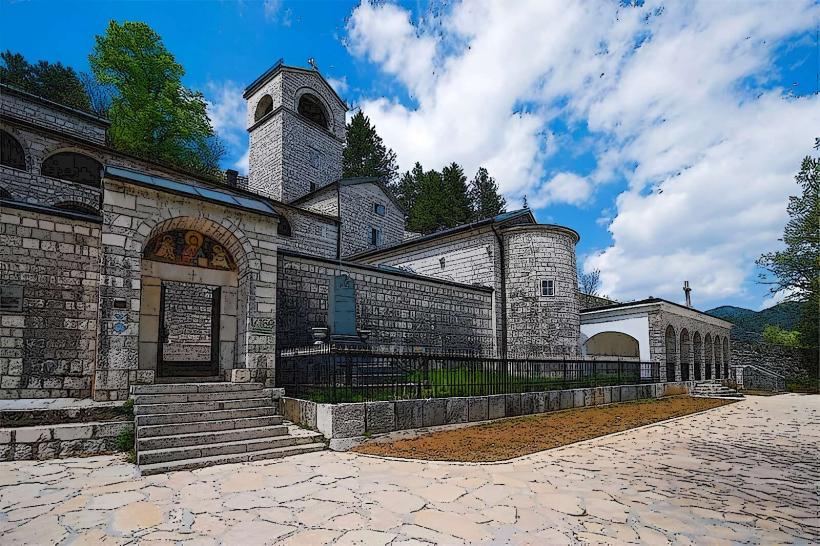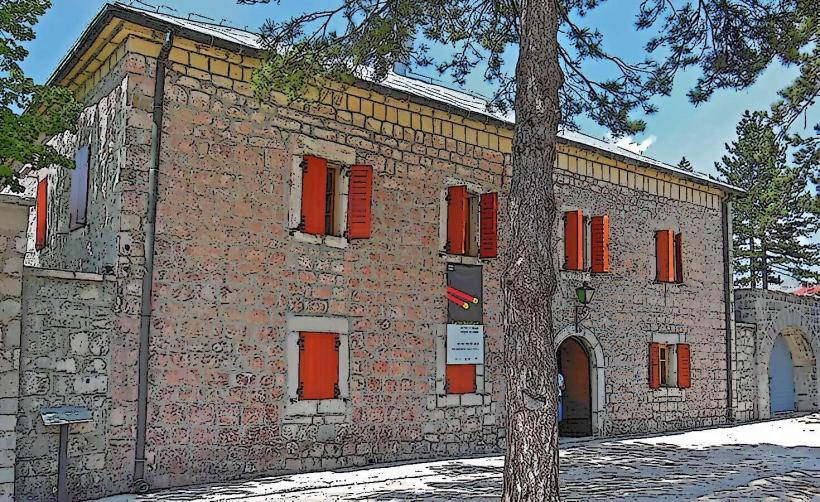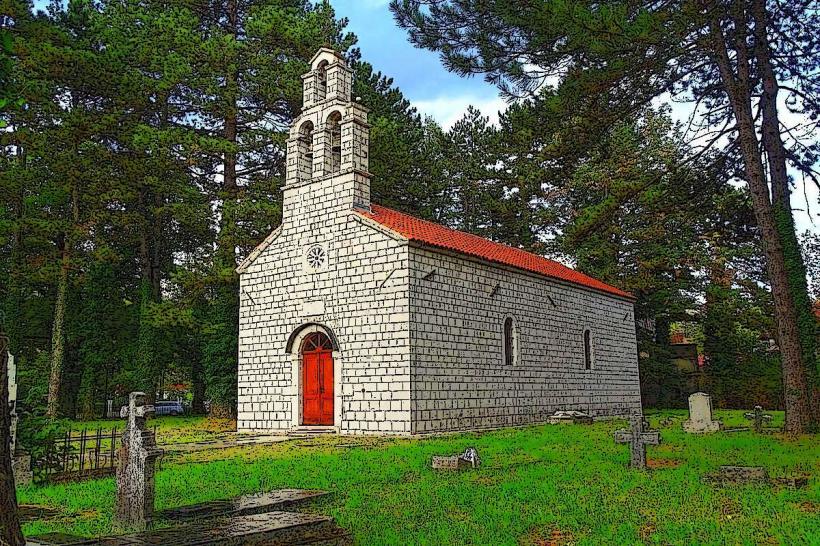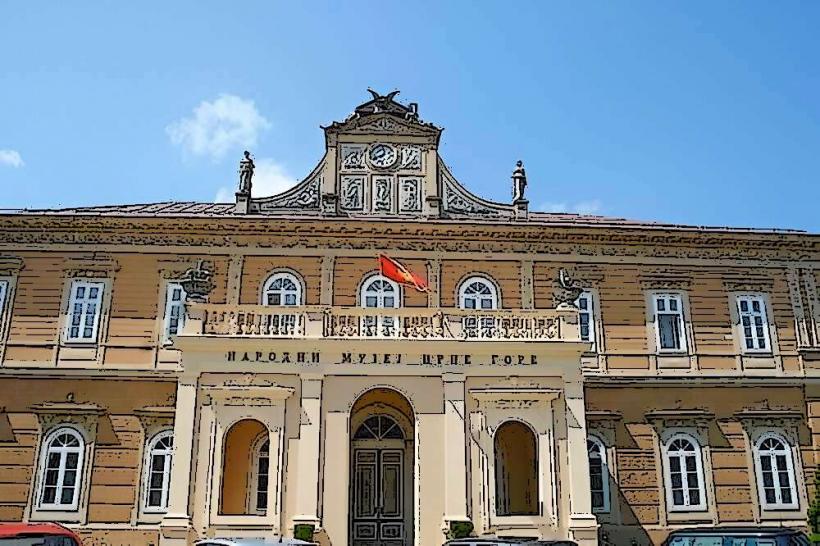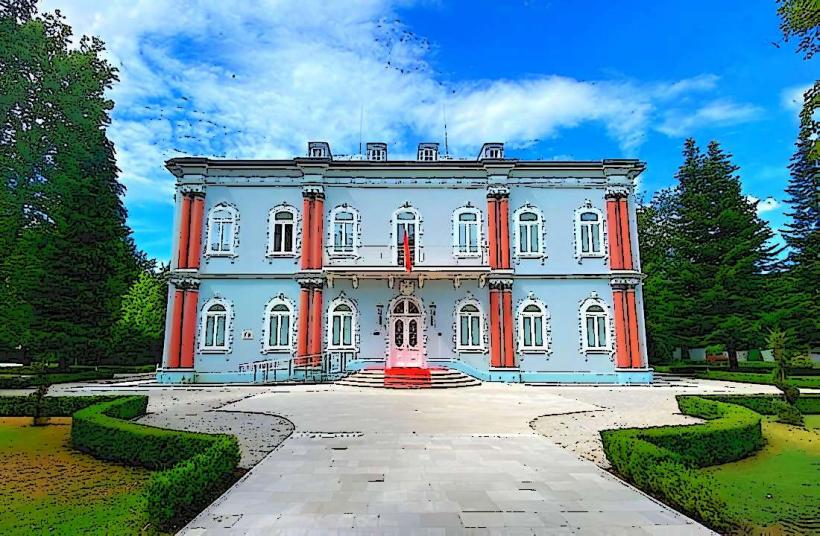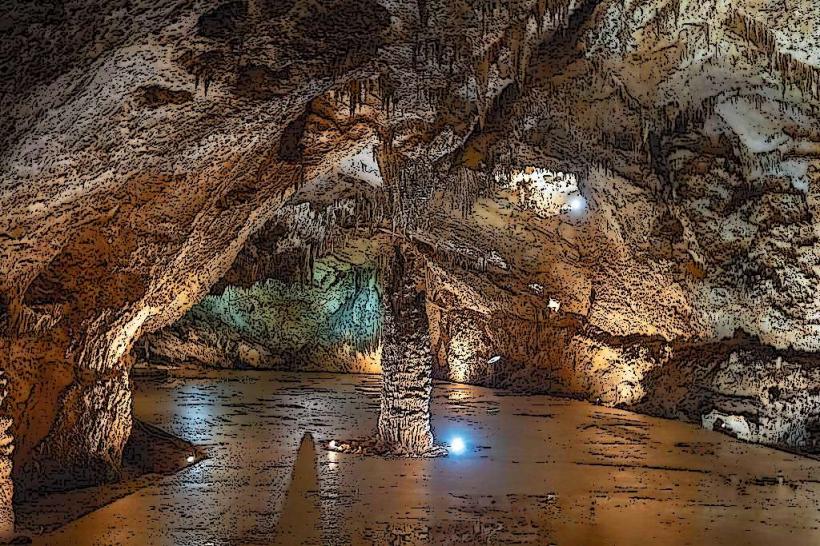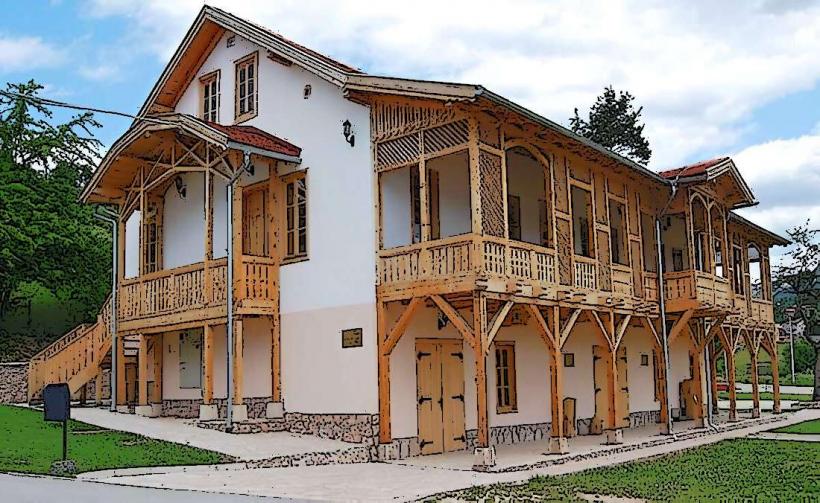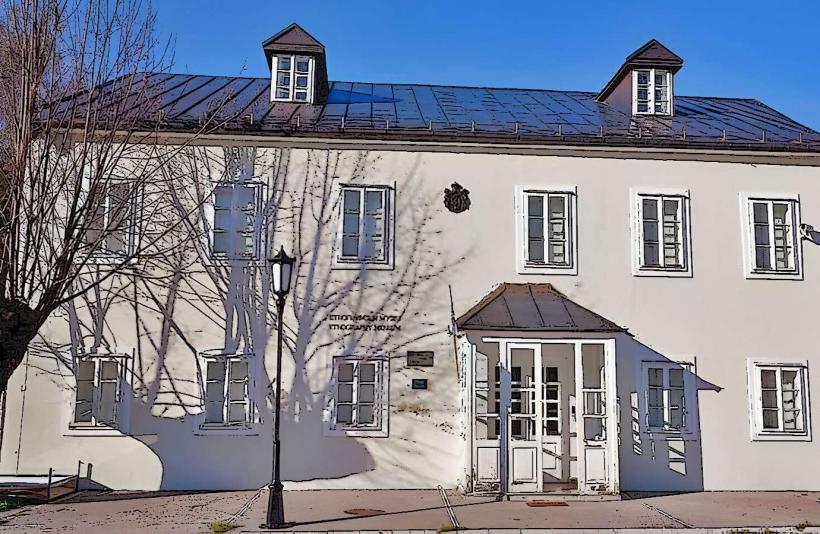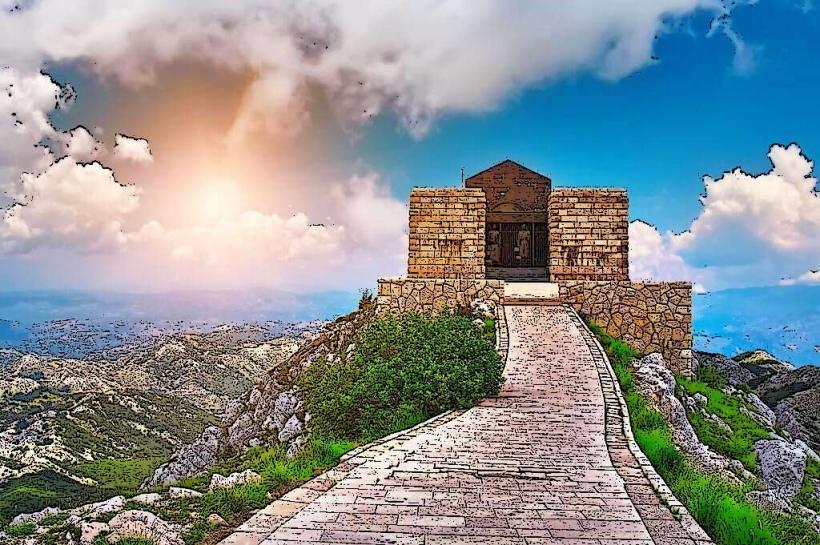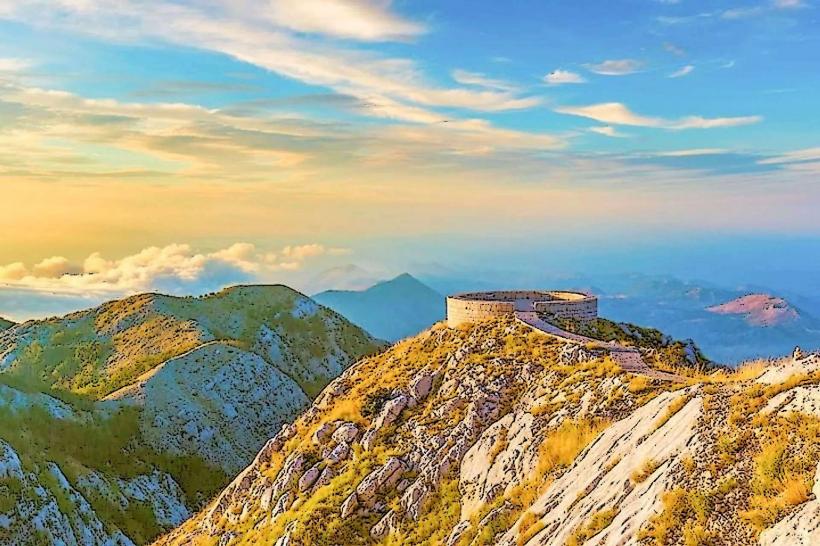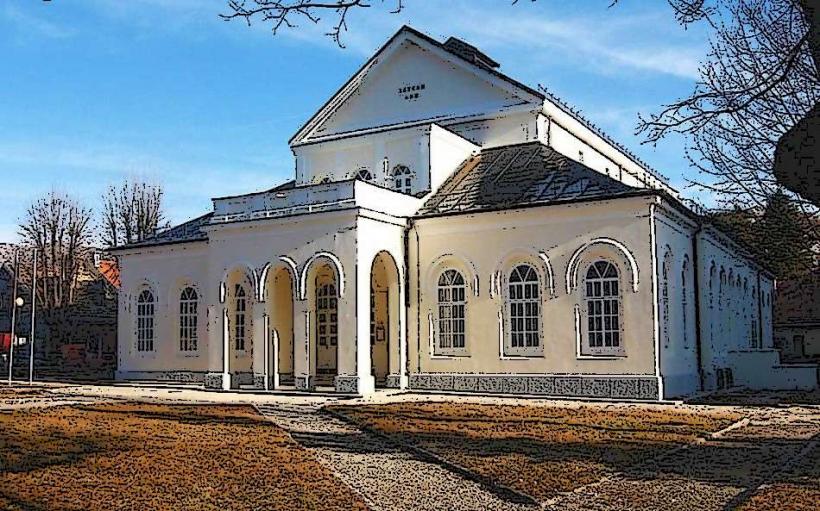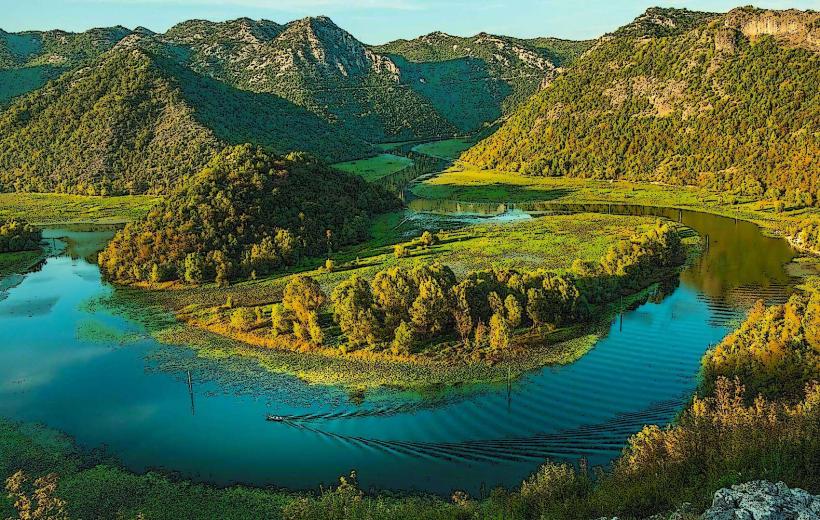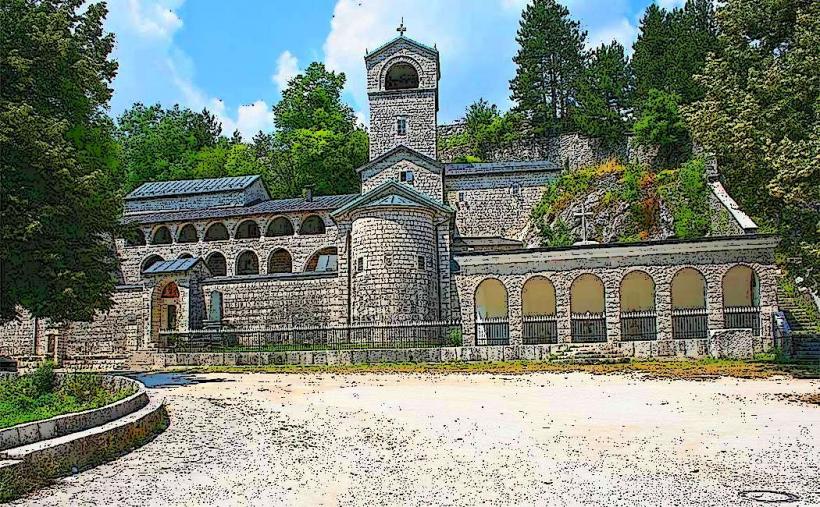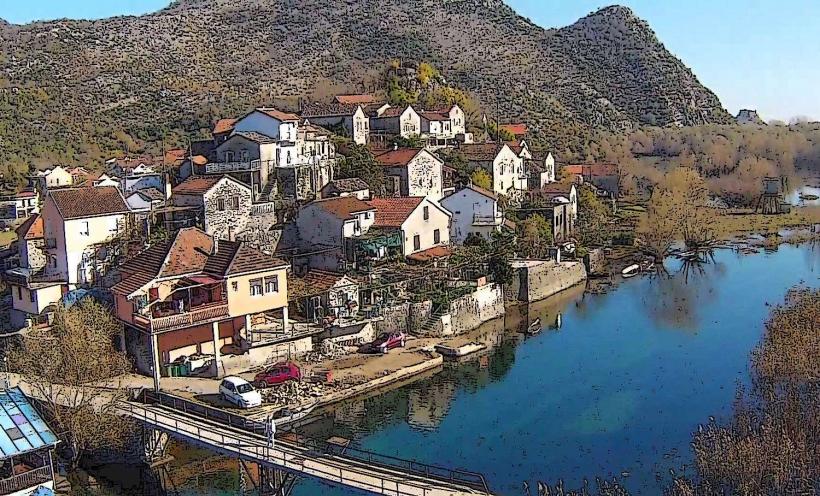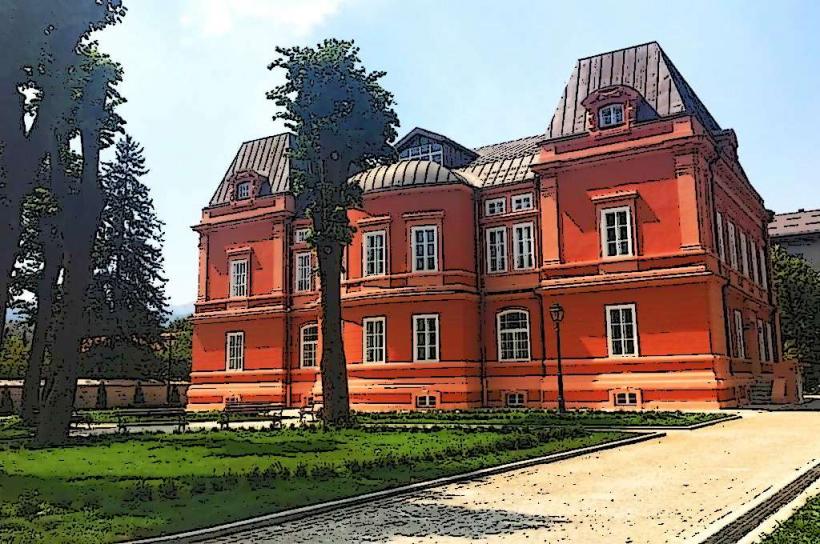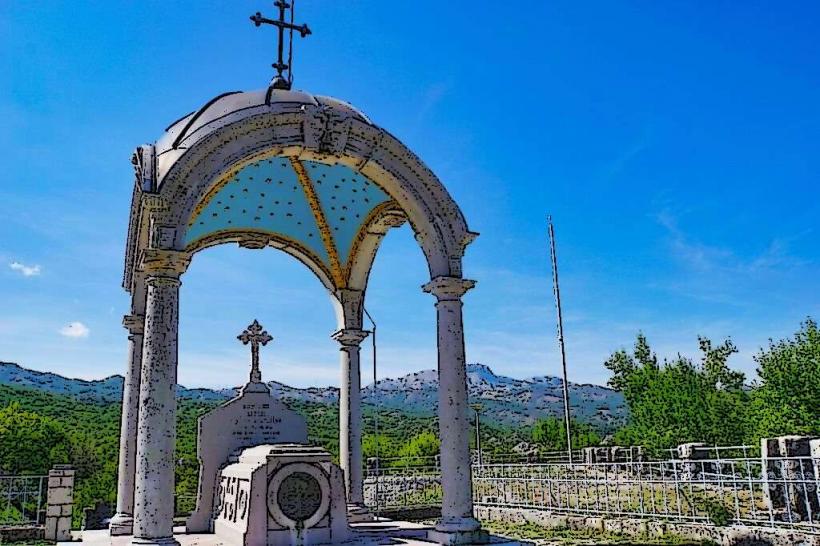Information
Landmark: King Nikola's PalaceCity: Cetinje
Country: Montenegro
Continent: Europe
King Nikola’s Palace (also known as Petrovic Palace or Palace of King Nikola) is a historic landmark located in Cetinje, Montenegro. The palace was the residence of King Nikola I, the last monarch of Montenegro, and is a symbol of Montenegro’s royal history and cultural heritage. It has played a significant role in the country's political and royal past, and today it houses the Museum of King Nikola.
Overview
Location: King Nikola's Palace is situated in the center of Cetinje, the former royal capital of Montenegro, which is located at the foot of Lovćen Mountain. The palace is surrounded by gardens and is near several other important historical buildings in Cetinje, making it an integral part of the town's cultural and architectural landscape.
Historical Significance: The palace was the official residence of King Nikola I from 1896 until 1918, the period during which Montenegro was an independent kingdom. It is a key part of the history of Montenegro's monarchy and independence, particularly in the late 19th and early 20th centuries.
History of King Nikola’s Palace
Construction and Design
The palace was built in 1867 and initially served as the residence of the Petrovic dynasty. King Nikola I, who ruled Montenegro from 1860 to 1918, commissioned the construction of the palace to reflect the growing importance and prestige of Montenegro as an independent state.
The design of the palace is influenced by Italian Renaissance architecture, with elements of Baroque and Byzantine styles. The palace was constructed with stone and features a distinct combination of classic and modern elements for the time.
Role of King Nikola I
King Nikola I was a prominent figure in the history of Montenegro, and the palace served as both his residence and the center of his royal court. Under his leadership, Montenegro went through significant political, military, and cultural changes, including the expansion of its territories and the modernization of its institutions.
After World War I, Montenegro lost its independence and became part of the newly formed Kingdom of Serbs, Croats, and Slovenes (later Yugoslavia). King Nikola I and his family were exiled, and the palace in Cetinje ceased to be a royal residence.
Architecture and Features
Exterior
Design: The palace’s architectural style is a blend of Renaissance and Baroque elements, with an emphasis on symmetry and elegance. The façade is characterized by stone columns, arched windows, and decorative motifs that showcase the aesthetic taste of the time.
Gardens: The palace is surrounded by well-kept gardens that enhance its majestic appearance. The gardens are an integral part of the palace complex, with lush greenery, fountains, and sculptures that contribute to the tranquil atmosphere.
Interior
The interior of King Nikola's Palace is equally impressive, with rooms designed for both royal function and private use. The palace has been preserved with many of its original furnishings and decorations, offering a glimpse into the opulence and lifestyle of Montenegro's royal family.
The rooms are furnished with period furniture, paintings, and artifacts that reflect the cultural influences of the time, including French, Italian, and Austrian styles. The palace also contains several royal portraits, depicting King Nikola I, his family, and other important figures from Montenegro’s royal history.
Royal Chambers: The palace includes rooms that would have been used for official purposes, as well as more private spaces for the royal family. The throne room is particularly noteworthy, with its grandiose design.
Museum of King Nikola
Today, the palace serves as the Museum of King Nikola, which is dedicated to preserving the legacy of Montenegro's monarchy and King Nikola I. The museum contains a large collection of royal memorabilia, including personal belongings of the king, documents, letters, and historical artifacts related to the Petrovic family and Montenegro’s royal history.
Some of the most significant items on display include coronation robes, medals, photographs, and gifts received by King Nikola during his reign. The museum also includes exhibits on the history of the Petrovic dynasty and Montenegro's journey to independence.
Cultural and Political Importance
Symbol of Montenegro’s Independence
King Nikola’s Palace holds deep cultural and political significance for Montenegro. It represents the sovereignty and independence of the country, especially during the reign of King Nikola I. Under his leadership, Montenegro was recognized as a kingdom in 1878 at the Berlin Congress, and the palace symbolizes this achievement.
The palace is also a reminder of Montenegro’s royal history, which ended after World War I when the monarchy was abolished and Montenegro became part of the Kingdom of Yugoslavia.
Role in National Identity
- For many Montenegrins, the palace is an important symbol of their national identity and heritage. It serves as a physical representation of the country’s efforts to maintain its independence and traditions, even in the face of external pressures and political upheavals.
Visiting King Nikola’s Palace
Tourism
King Nikola’s Palace is one of the key tourist attractions in Cetinje, drawing visitors interested in Montenegrin history, the legacy of the Petrovic dynasty, and the history of Montenegro’s monarchy. The museum within the palace offers a unique insight into the royal life of King Nikola I and his family.
The palace is an important stop for those exploring the cultural heritage of Cetinje, the historic capital of Montenegro, which is home to several other museums and important landmarks, including the Cetinje Monastery and the Ethnological Museum.
Opening Hours and Admission
The palace is open to visitors throughout the year, and tours are available. It is recommended to check the official visiting hours and any specific holiday closures before planning a visit. Admission fees usually apply, with discounts for students and groups.
Visitors can explore both the interior and exterior of the palace, as well as the surrounding gardens, and learn about the history of Montenegro’s royal family through exhibits in the museum.
Conclusion
King Nikola’s Palace is a must-visit landmark for anyone interested in the history of Montenegro and its royal heritage. The palace not only showcases the grandeur of the Petrovic dynasty but also offers a fascinating glimpse into the life and reign of King Nikola I, one of Montenegro's most important rulers. Today, as the Museum of King Nikola, it stands as a testament to Montenegro’s independence, its cultural legacy, and its royal past, making it a vital part of the country’s historical landscape.

